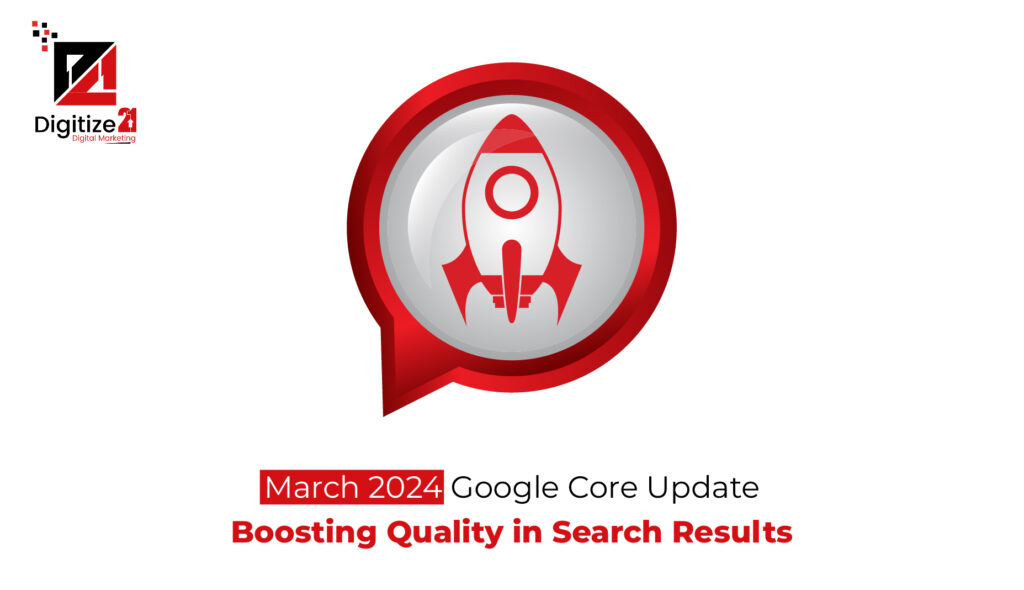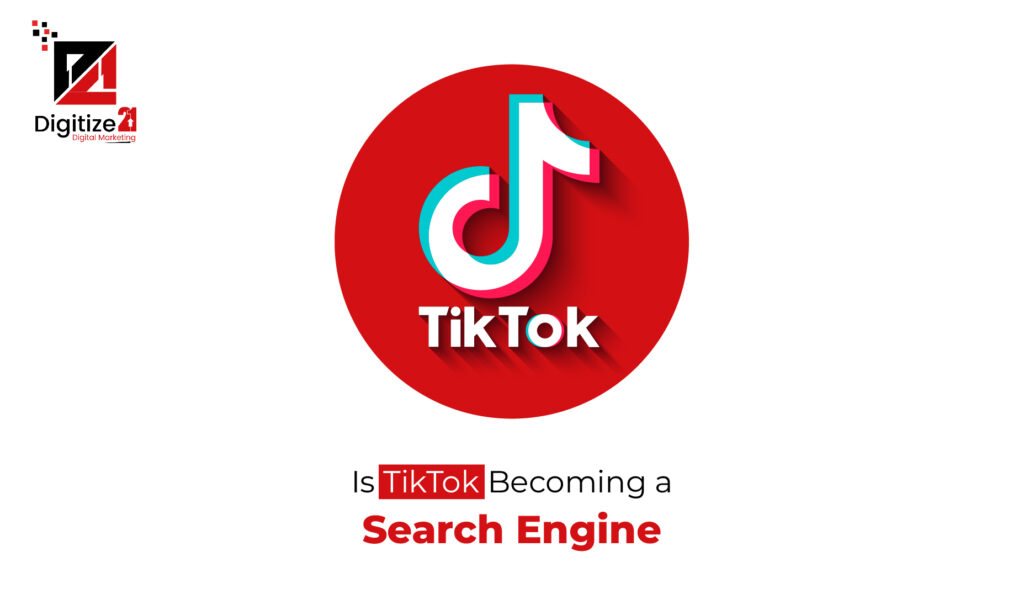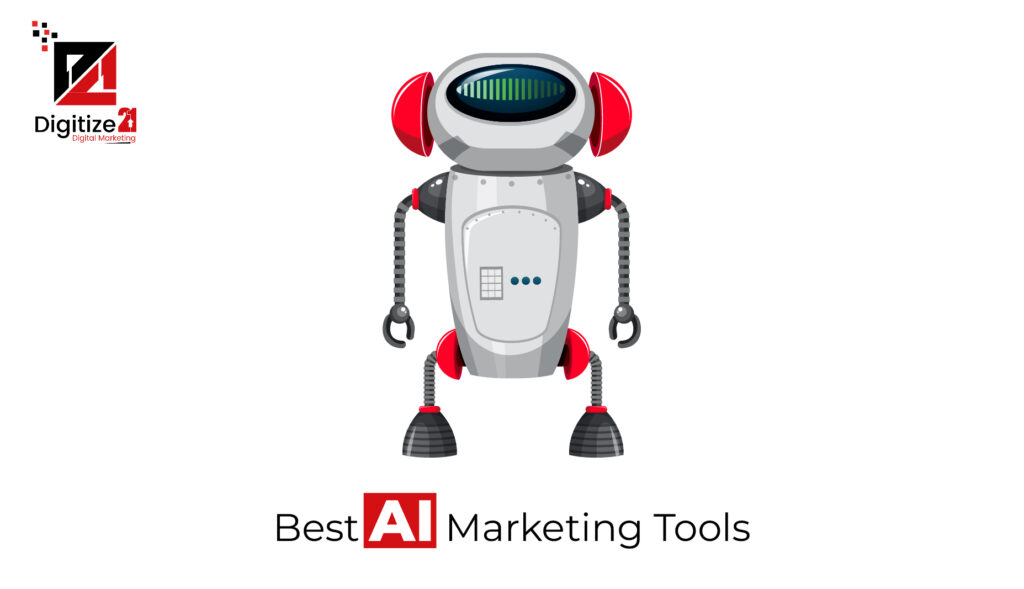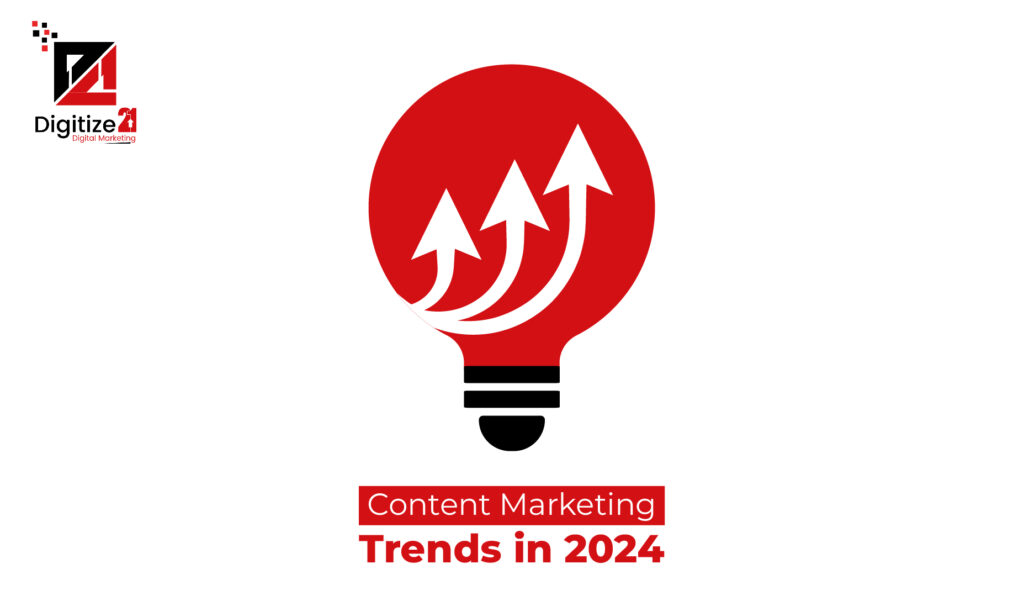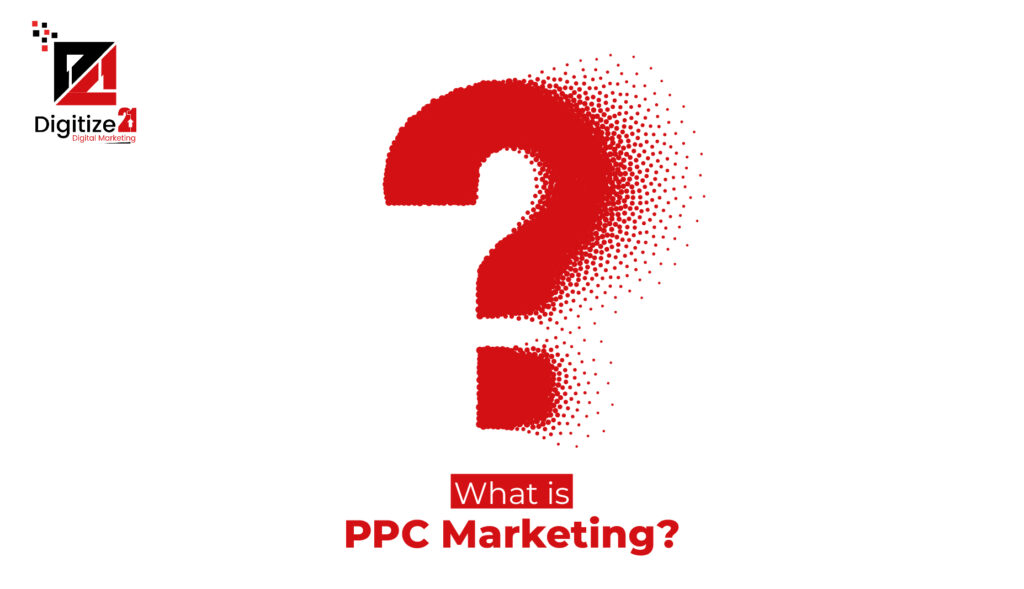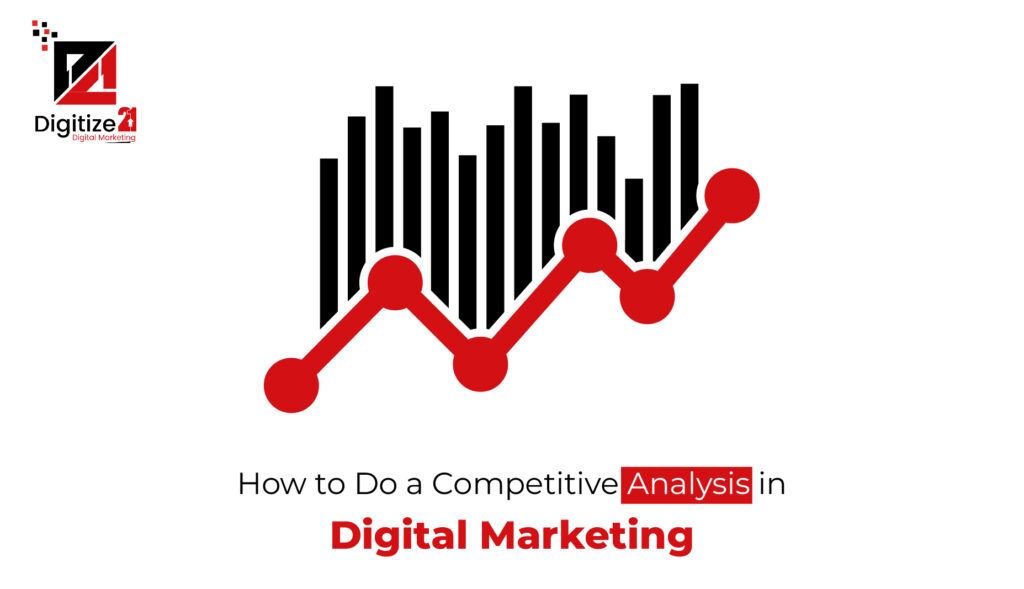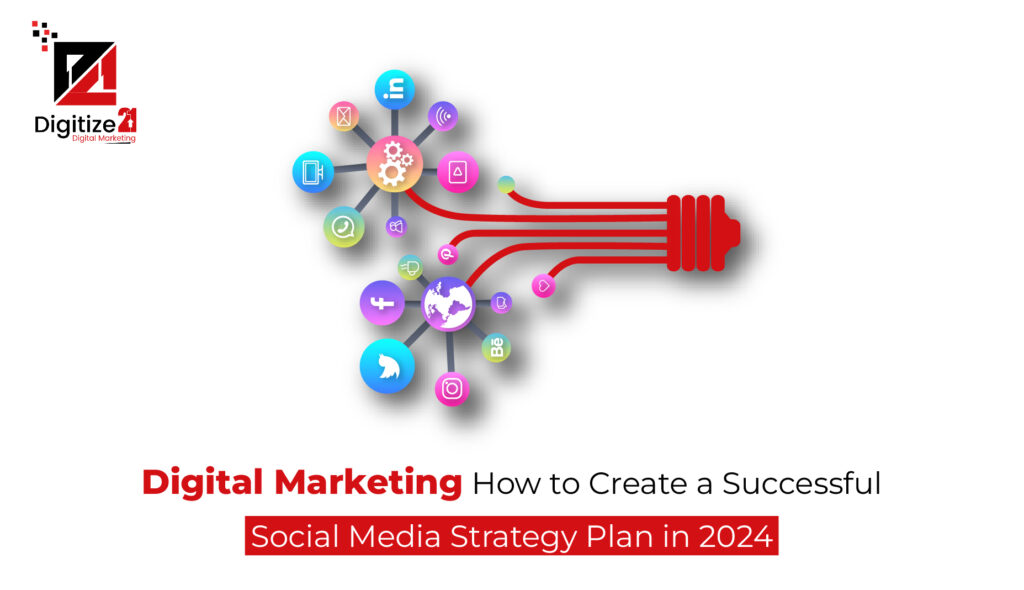March 2024 Google Core Update: Boosting Quality in Search Results
If you’re a digital marketer, you’ve likely experienced the constant evolution of Google’s search algorithms. In March 2024, Google rolled out a significant core update focusing on reducing low-quality, unoriginal content, and elevating useful, relevant information in search results.
This update aims to improve user experience by prioritizing content that truly answers search queries. But what does this mean for you and your website? Let’s dive in.
What is the March 2024 Google Core Update?
Google’s core updates are designed to enhance the search engine’s functionality, ensuring users receive the most relevant and high-quality search results. The March 2024 update specifically targets low-quality, unoriginal content.
Google has refined its algorithms to better identify and demote content that lacks originality or fails to provide genuine value to users. This update emphasizes rewarding websites that offer unique, insightful, and well-researched content.
Why This Update Matters
Why should you, as a digital marketer, care about this update? Well, consider it a wake-up call for content creators who have been skating by with mediocre content. Google’s new focus means that only the best, most original content will climb to the top of search results. This shift can significantly impact your site’s traffic and rankings if you don’t adapt.
Understanding Low-Quality Content
Characteristics of Low-Quality Content:
Low-quality content often lacks depth, originality, and relevance. It’s the kind of content that leaves users feeling unsatisfied because it doesn’t answer their questions or provide any new insights. Common characteristics include:
Thin content: Articles that are too short to be informative.
Duplicate content: Copying and pasting from other sources.
Keyword stuffing: Overloading a page with keywords at the expense of readability.
Why Google Penalizes Low-Quality Content
Google aims to provide the best possible user experience. When users encounter low-quality content, they are less likely to trust the search engine. By demoting such content, Google ensures that users find valuable and trustworthy information quickly.
The Focus on Originality
What Makes Content Original?
Original content is unique and offers new perspectives or information. It can include:
Original research: Conducting and sharing new studies or surveys.
Expert opinions: Insights from industry professionals.
Unique angles: Approaching a topic from a fresh perspective.
Benefits of Original Content
Creating original content can set you apart from competitors. Not only does it improve your search rankings, but it also builds credibility and trust with your audience. When users find your content useful and unique, they’re more likely to return and recommend your site.
Key Changes in the Update
Algorithm Enhancements
Google’s algorithm now better detects low-quality and unoriginal content. It uses advanced machine learning techniques to analyze content quality more effectively. These enhancements ensure that only the most valuable and relevant content appears at the top of search results.
Improved Content Filtering
The update includes improved filtering mechanisms to weed out content that doesn’t meet Google’s quality standards. This means that even if a piece of content ranks well temporarily, it won’t stay there if it doesn’t provide real value.
Impact on Content Creators
Increased Competition
With higher standards for content quality, competition will be stiffer. Content creators must now put more effort into research, writing, and presenting information in engaging ways.
Opportunities for Growth
On the flip side, this update presents opportunities. Creators who consistently produce high-quality, original content can see significant growth in their traffic and engagement. By meeting Google’s new standards, you can outshine competitors still relying on outdated content strategies.
Adapting Your SEO Strategy
Focus on Quality Over Quantity
Shift your focus from churning out numerous articles to producing fewer, but higher-quality pieces. Depth and originality are more important than ever.
Keep your content fresh and relevant by regularly updating it. This not only improves user experience but also signals to Google that your site is active and continuously providing value.
Best Practices for High-Quality Content
Comprehensive Research
Conduct thorough research to ensure your content is well-informed and accurate. Use credible sources and provide valuable insights that aren’t readily available elsewhere.
Engaging Writing Style
Write in an engaging and conversational style. Use personal pronouns, rhetorical questions, and analogies to make your content more relatable. For instance, think of your content as a gourmet meal rather than fast food – it should be savored, not quickly consumed and forgotten.
Multimedia Integration
Incorporate multimedia elements like images, videos, and infographics to enhance your content. This makes it more engaging and helps illustrate your points more effectively.

The Role of User Experience
User experience (UX) plays a crucial role in content quality. Good UX ensures that visitors can easily navigate your site and find the information they need. Google considers UX when ranking sites, so a well-designed website can improve your search rankings.
Improve UX by:
Optimizing page load times
Ensuring mobile-friendliness
Providing clear navigation and structure
Using readable fonts and layouts
How to Monitor Your Content’s Performance
Key Metrics to Track
Monitor your content's performance by tracking metrics such as:
Organic traffic: Number of visitors from search engines.
Bounce rate: Percentage of visitors who leave after viewing one page.
Average session duration: How long visitors stay on your site.
Engagement metrics: Shares, comments, and likes.
Tools for Monitoring: Use tools like Google Analytics, Search Console, and third-party SEO platforms to track and analyze your content’s performance. These tools can help you identify areas for improvement and measure the impact of your updates.
Case Studies and Examples
Success Stories
Consider websites that have thrived under similar updates by focusing on high-quality content. For example, sites that regularly publish well-researched articles with unique insights often see a boost in their search rankings.
Lessons Learned
Learn from sites that have struggled. Common pitfalls include relying too heavily on outdated SEO tactics or failing to update content regularly. By avoiding these mistakes, you can better align with Google’s new standards.
Tools to Help Improve Content Quality
Content Creation Tools
Leverage tools like Grammarly for proofreading, Hemingway for readability, and Canva for creating engaging visuals. These tools can enhance the quality and presentation of your content.
SEO Tools
Use SEO tools like Ahrefs, SEMrush, and Moz to optimize your content for search engines. These tools can help you identify relevant keywords, analyze competitors, and track your SEO performance.
Future Implications for Digital Marketing
Evolving Content Standards
As Google’s standards for content quality continue to evolve, digital marketers must stay ahead of the curve. This means continuously improving your content and staying informed about algorithm updates.
Emphasis on User-Centric Content
The future of digital marketing will increasingly focus on user-centric content. By prioritizing the needs and preferences of your audience, you can create content that not only ranks well but also drives engagement and loyalty.
March 2024 Google Core Update: FAQs
1. What is the main goal of the March 2024 Google Core Update?
The main goal is to reduce low-quality, unoriginal content and promote more useful and relevant content in search results.
2. How can I ensure my content meets Google’s new standards?
Focus on creating high-quality, original content that provides real value to users. Regularly update your content and ensure it offers unique insights or information.
3. Will the update affect my website’s search rankings immediately?
Changes may not be immediate, but you should monitor your site’s performance and make necessary adjustments to align with the new standards.
4. What tools can help me improve my content quality?
Tools like Grammarly, Hemingway, Canva, Ahrefs, SEMrush, and Moz can help enhance your content quality and optimize it for search engines.
Conclusion
The March 2024 Google Core Update marks a significant shift towards higher standards for content quality. By reducing low-quality, unoriginal content and prioritizing useful, relevant information, Google aims to enhance user experience. For digital marketers, this update presents both challenges and opportunities. By focusing on creating high-quality, original content and improving user experience, you can stay ahead in the competitive landscape of search rankings.
March 2024 Google Core Update: Boosting Quality in Search Results Read More »

